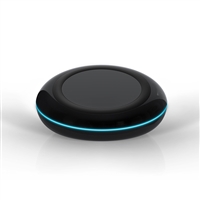
Use the correct charger for the intended battery chemistry. Most chargers serve one chemistry only. Make sure that the battery voltage agrees with the charger. Do not charge if different. ...
Use the correct charger for the intended battery chemistry. Most chargers serve one chemistry only. Make sure that the battery voltage agrees with the charger. Do not charge if different.
The Ah rating of a battery can be marginally different than specified. Charging a larger battery will take a bit longer than a smaller pack and vice versa. Do not charge if the Ah rating deviates too much (more than 25 percent).
A high-wattage charger shortens the charge time but there are limitations as to how fast a battery can be charged. Ultra-fast charging causes stress.
A lead acid charger should switch to float charge when fully saturated; a nickel-based charger must switch to trickle charge when full. Li-ion cannot absorb overcharge and receives no trickle charge. Trickle charge and float charges compensate for the losses incurred by self-discharge.
Chargers should have a temperature override to end charge on a faulty battery.
Observe charge temperature. Lead acid batteries should stay lukewarm to the touch; nickel-based batteries will get warm towards the end of charge but must cool down on "ready." Li-ion should not rise more than 10ºC (18ºF) above ambient when reaching full charge.
Check battery temperature when using a low-cost charger. Remove battery when warm.
Charge at room temperature. Charge acceptance drops when cold. Li-ion cannot be charged below freezing.
Customer Service
